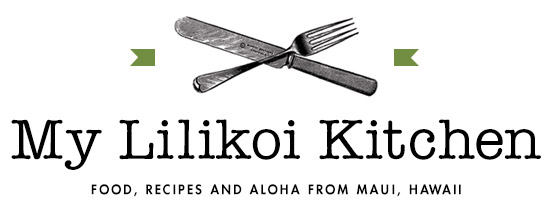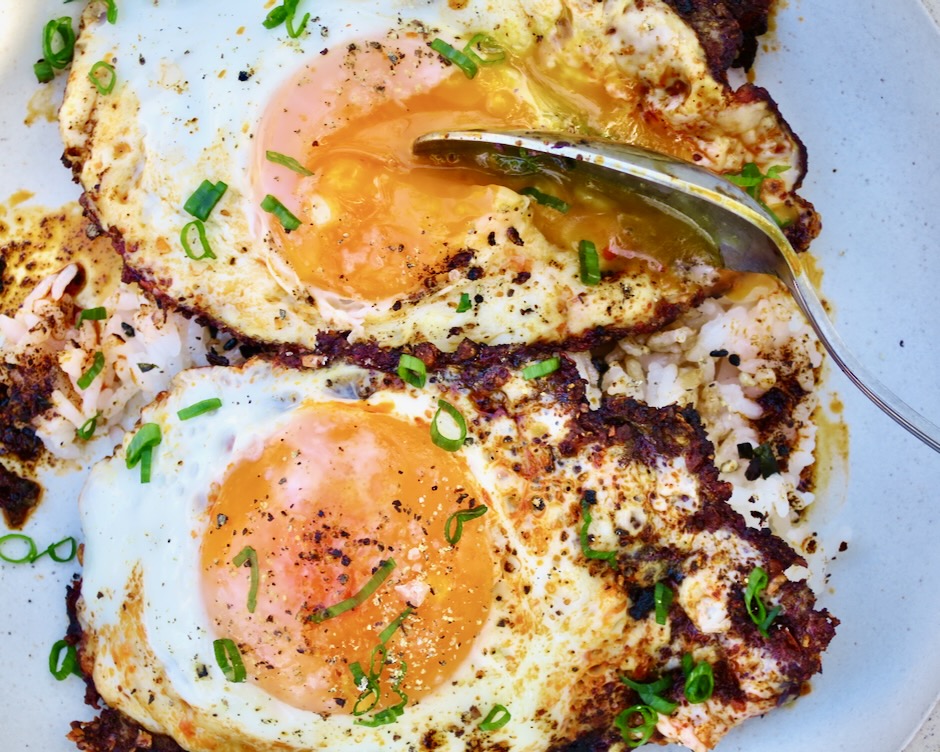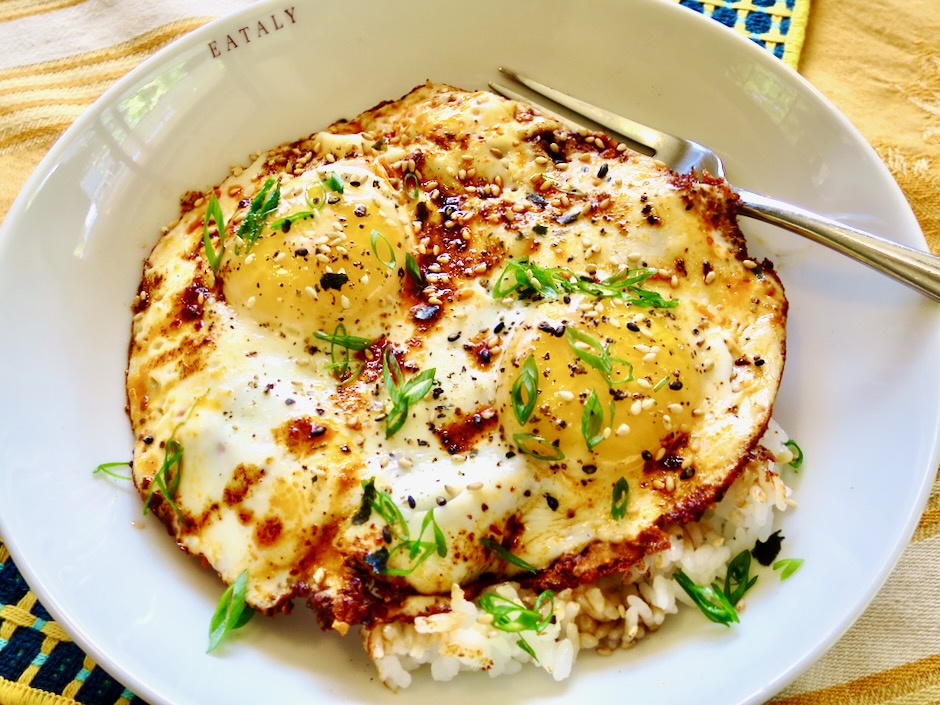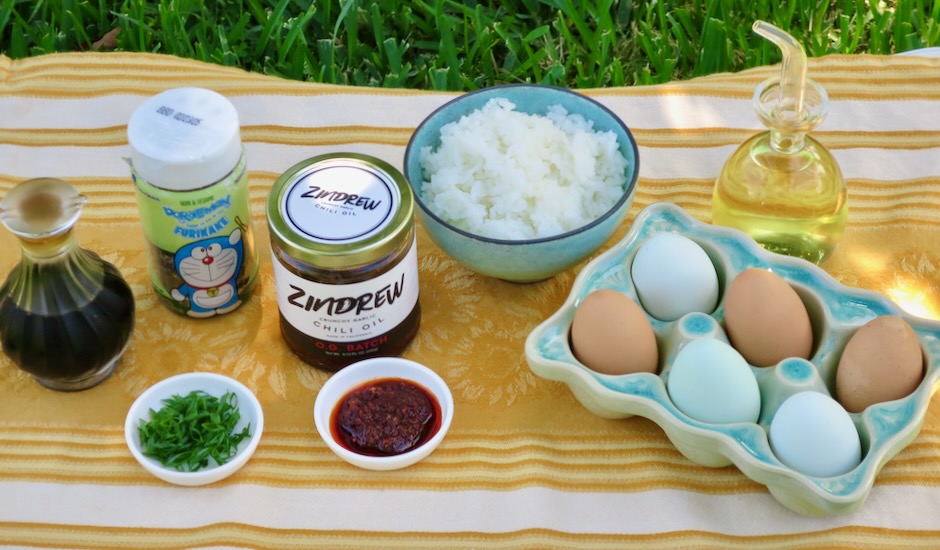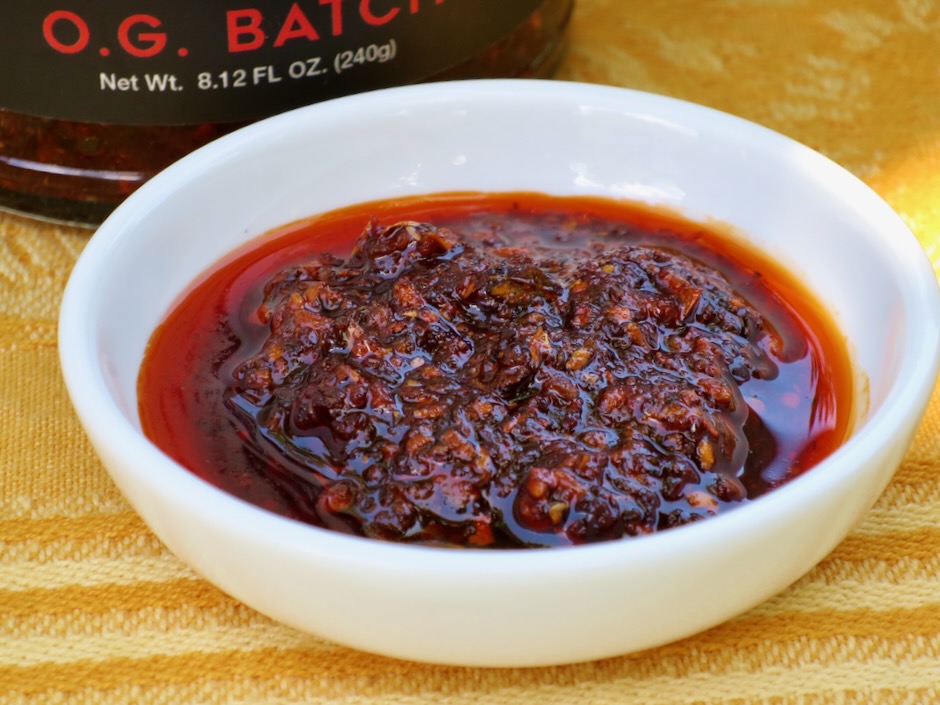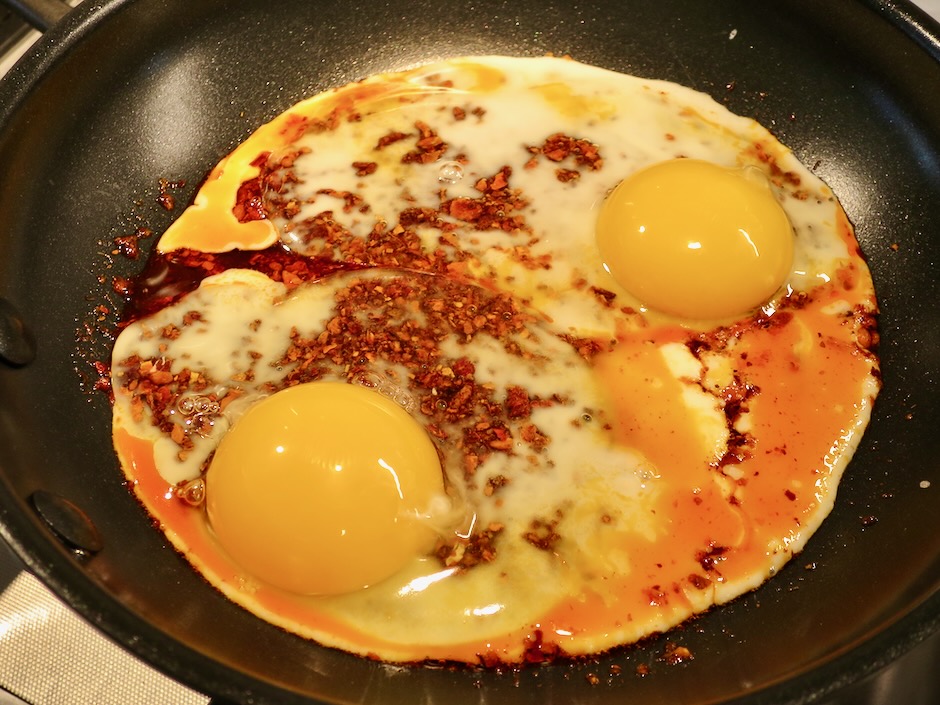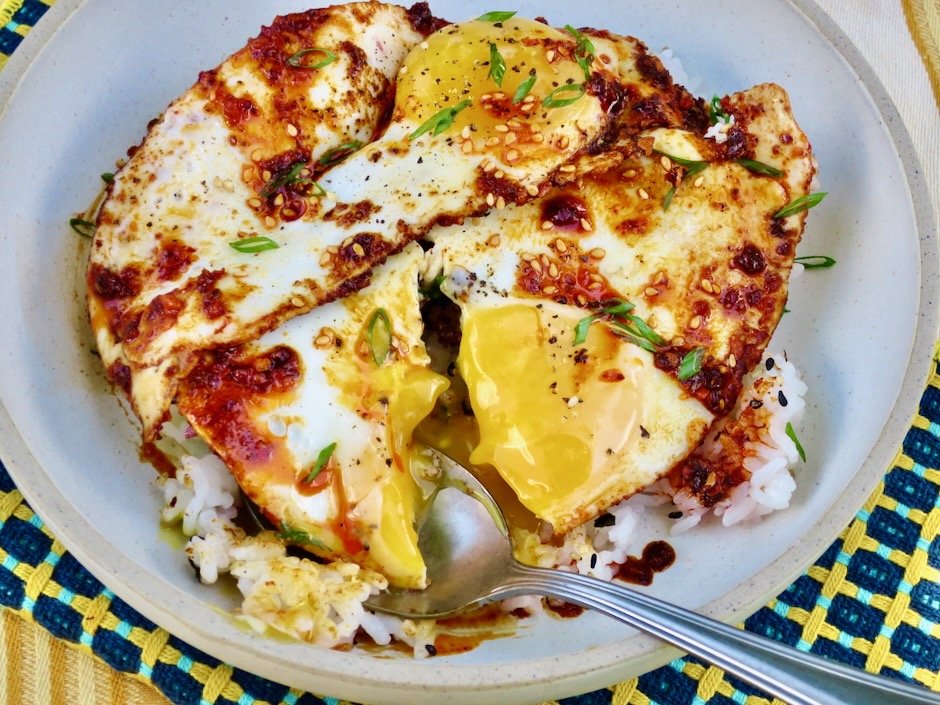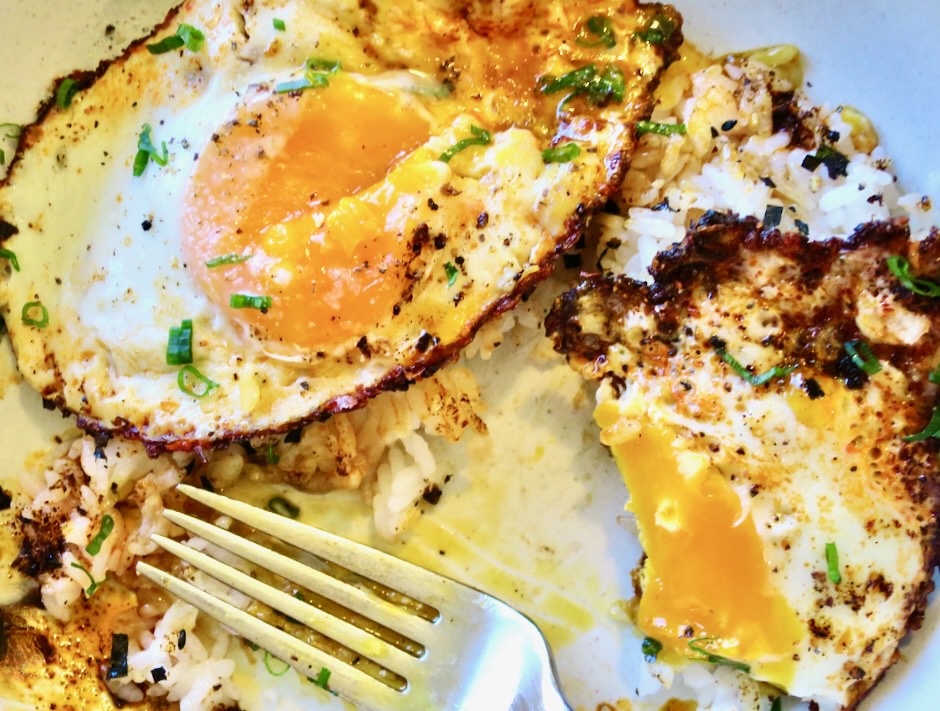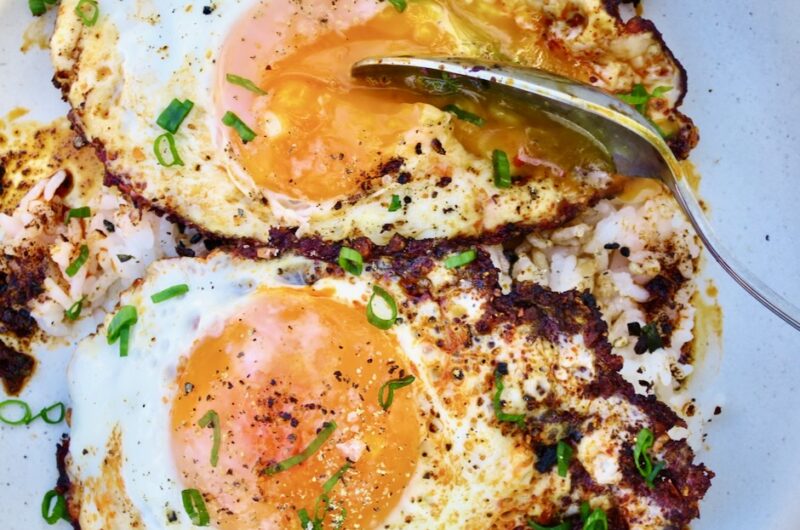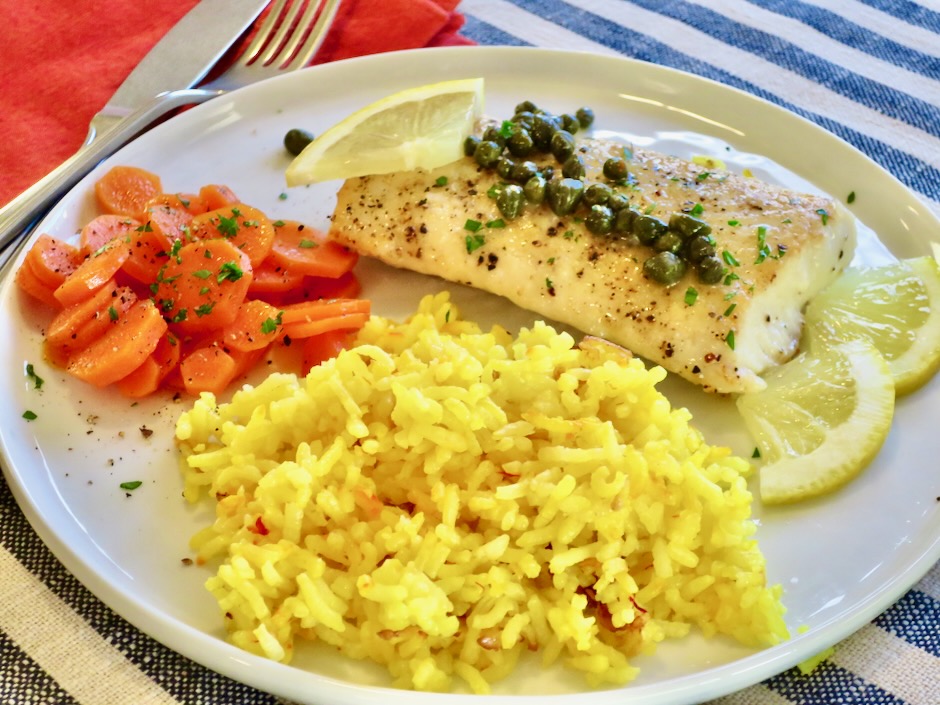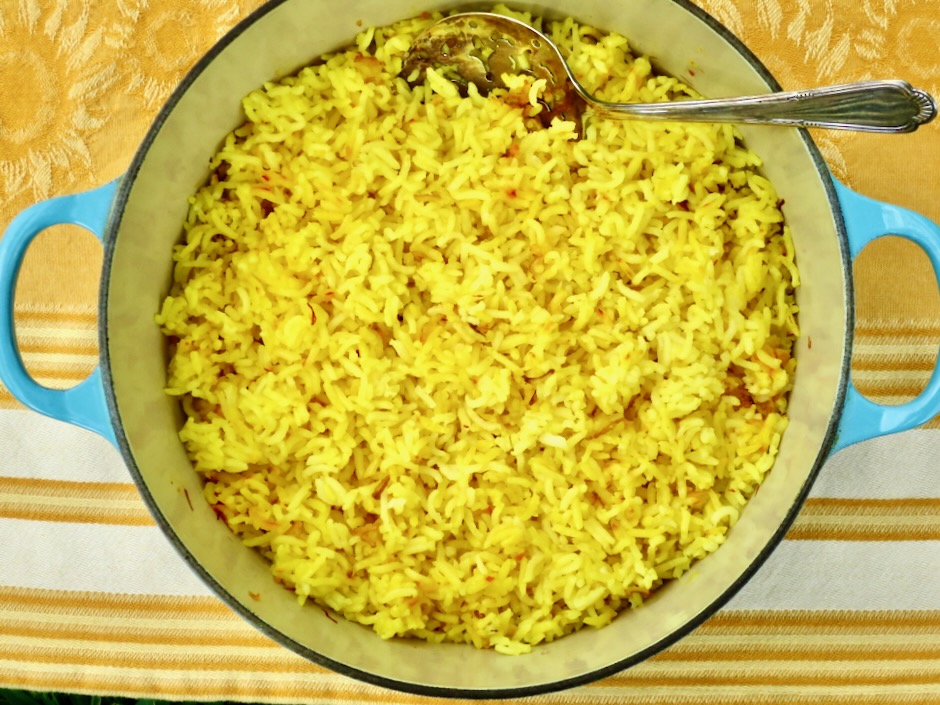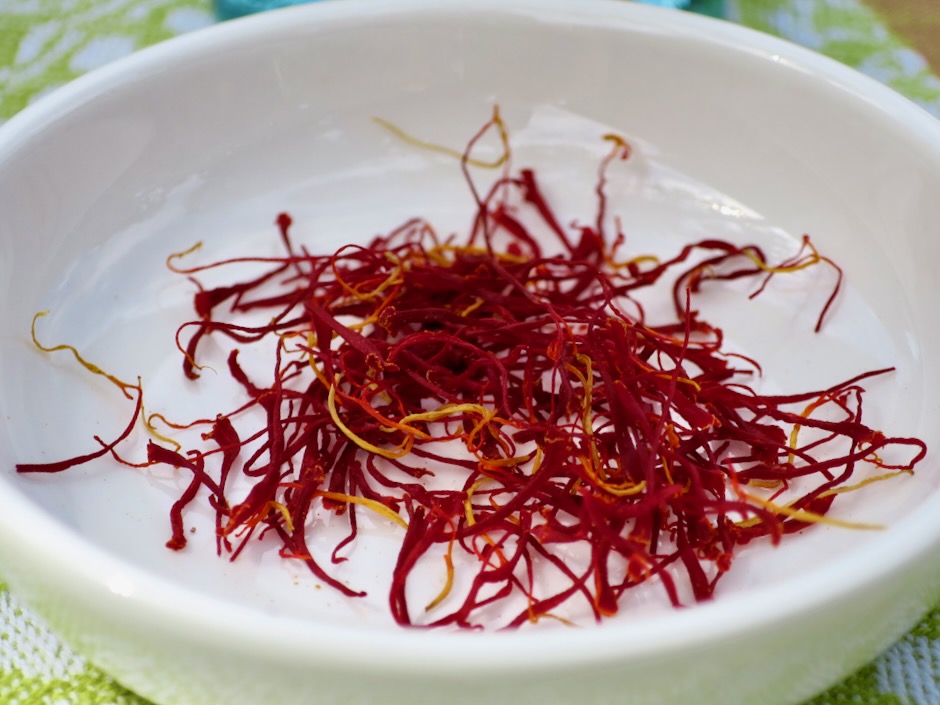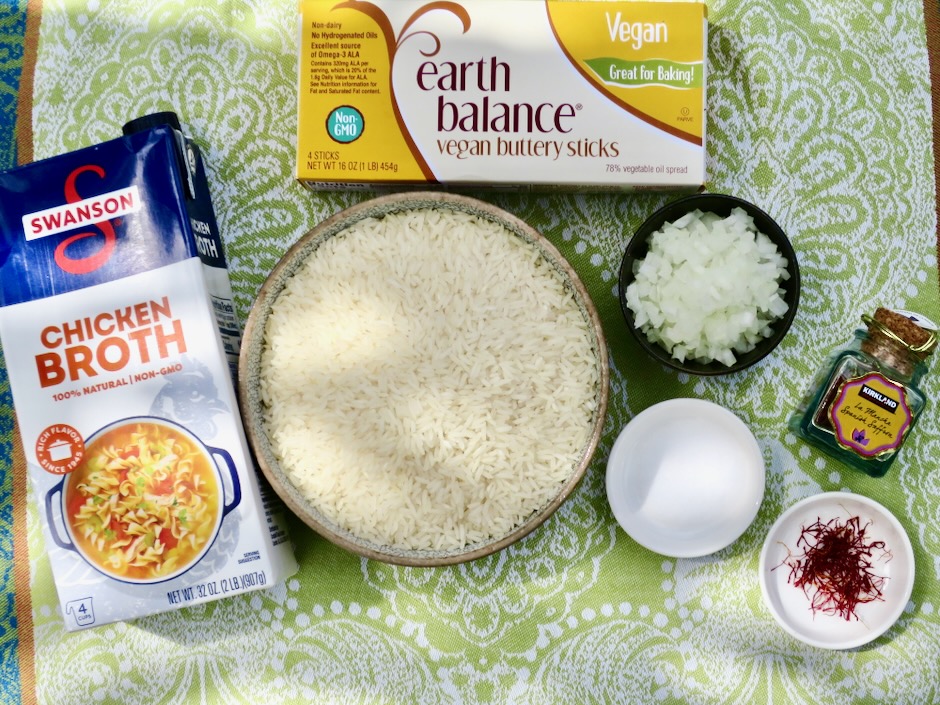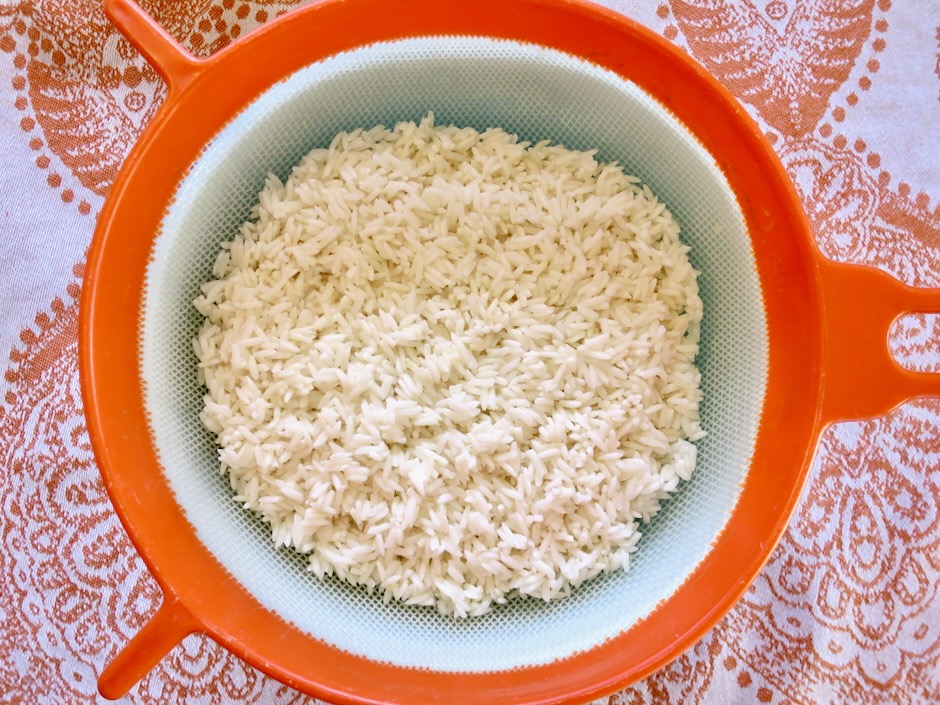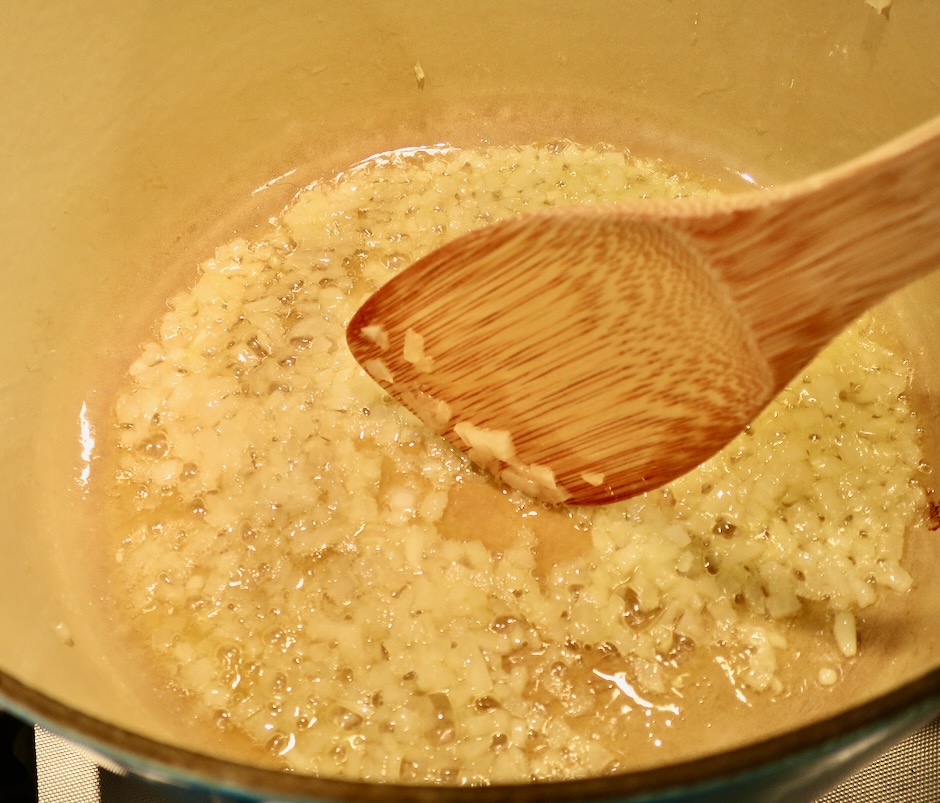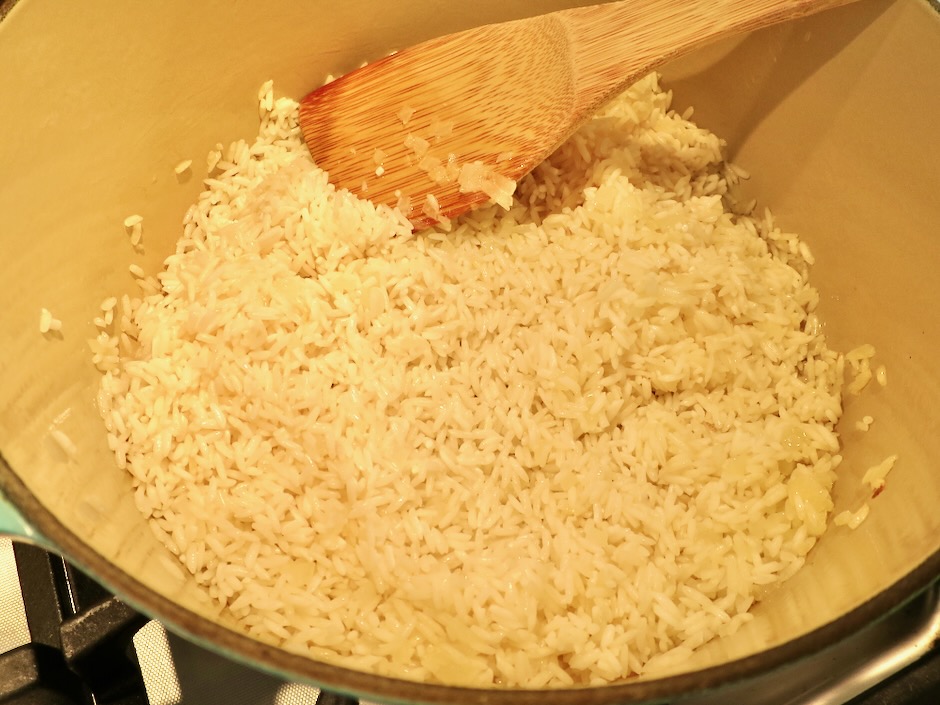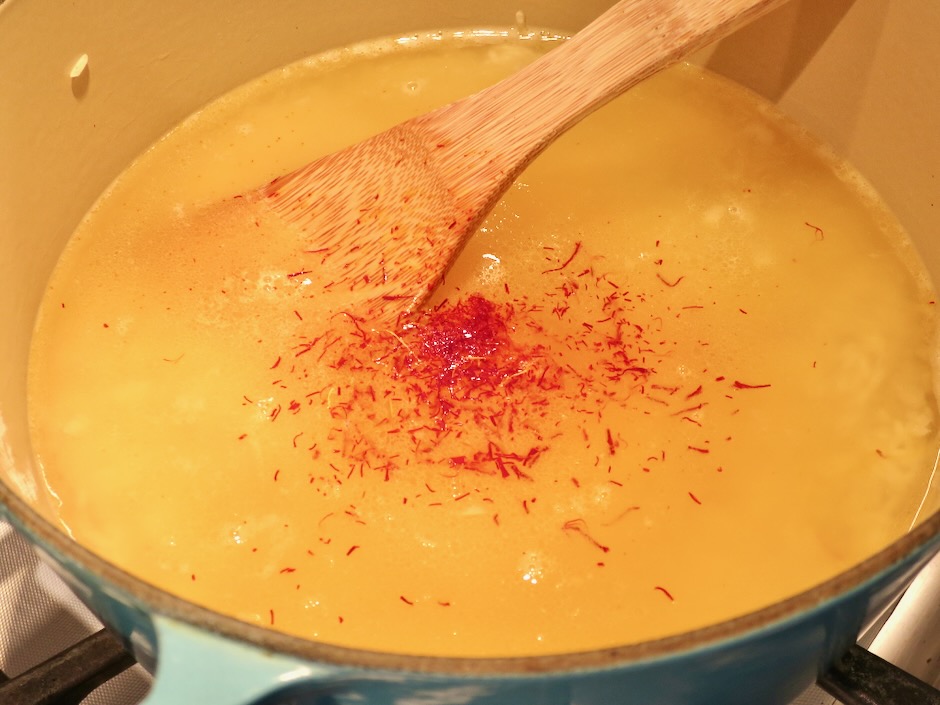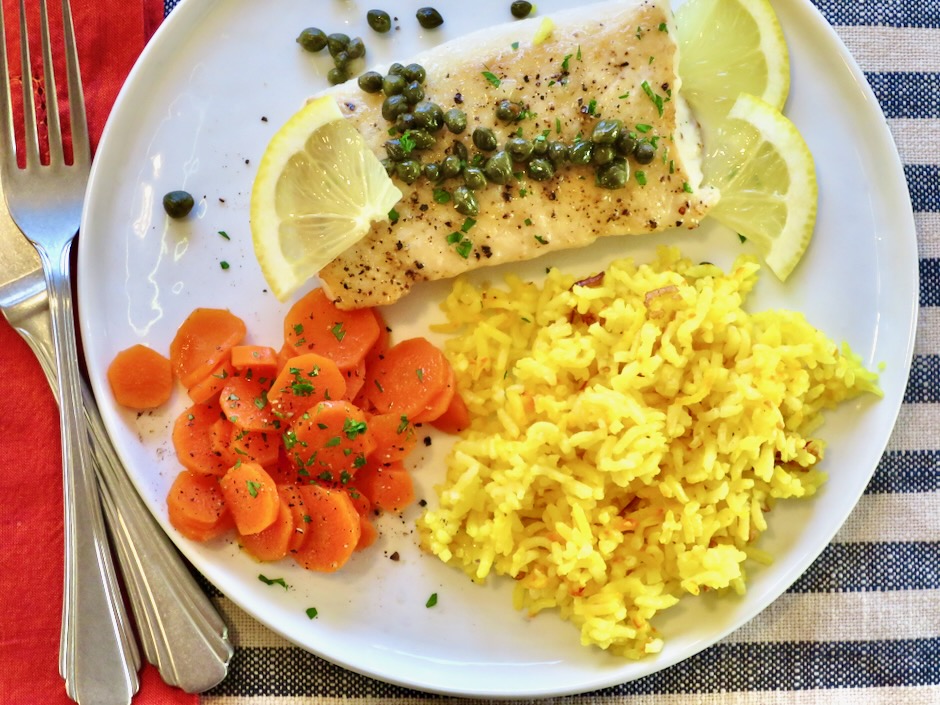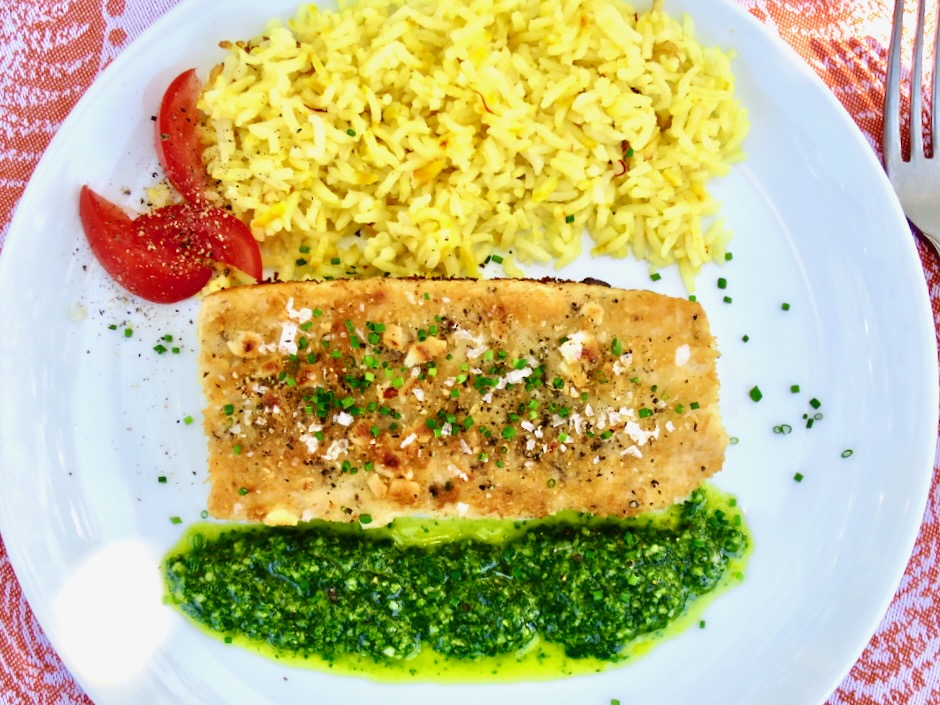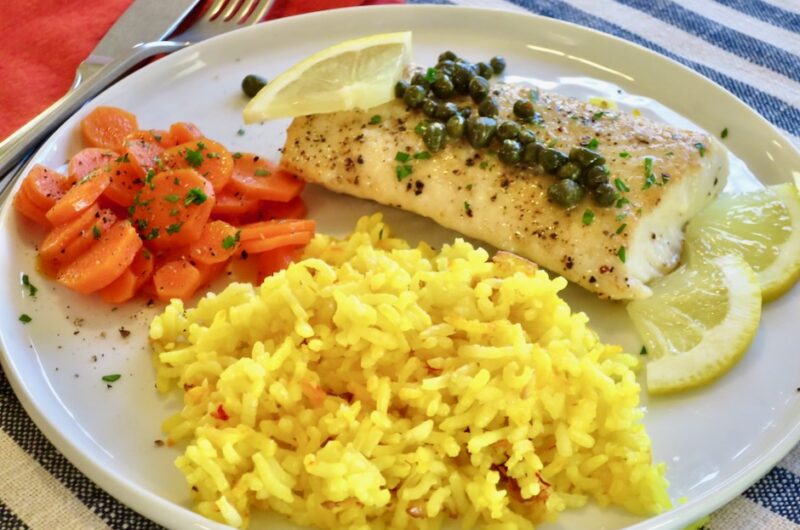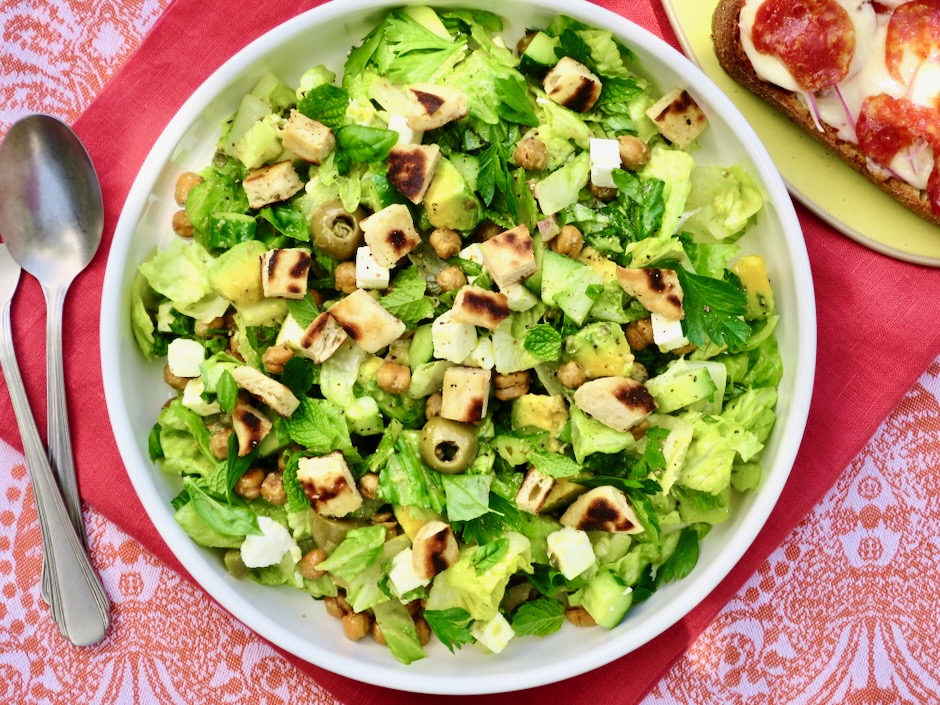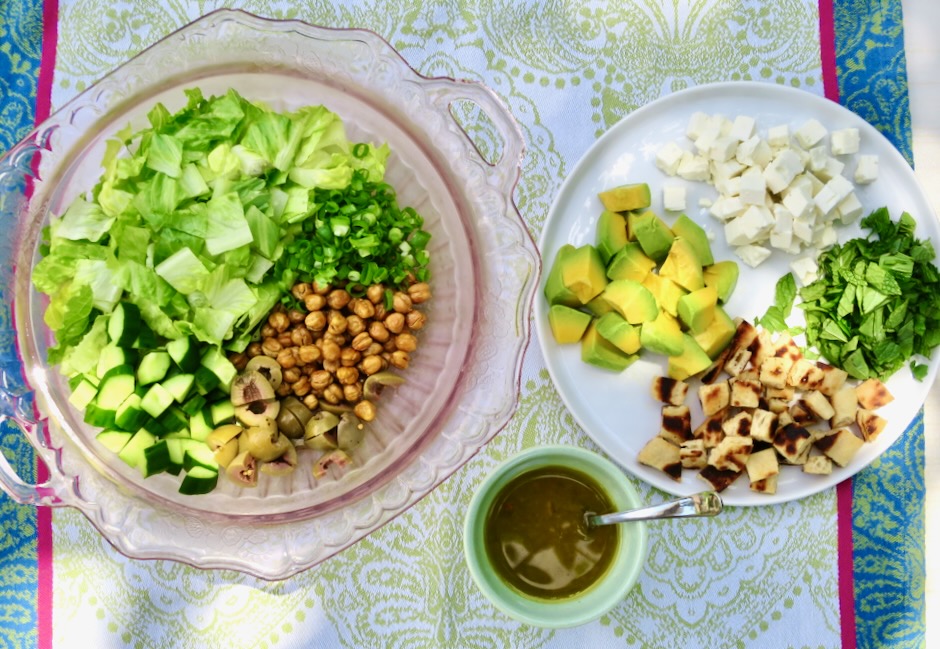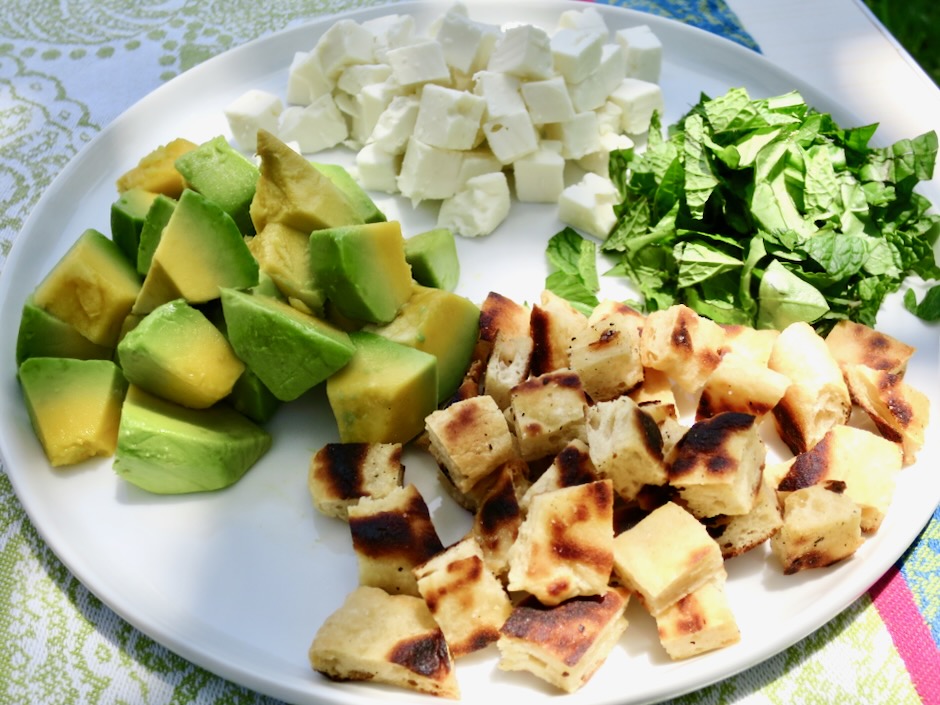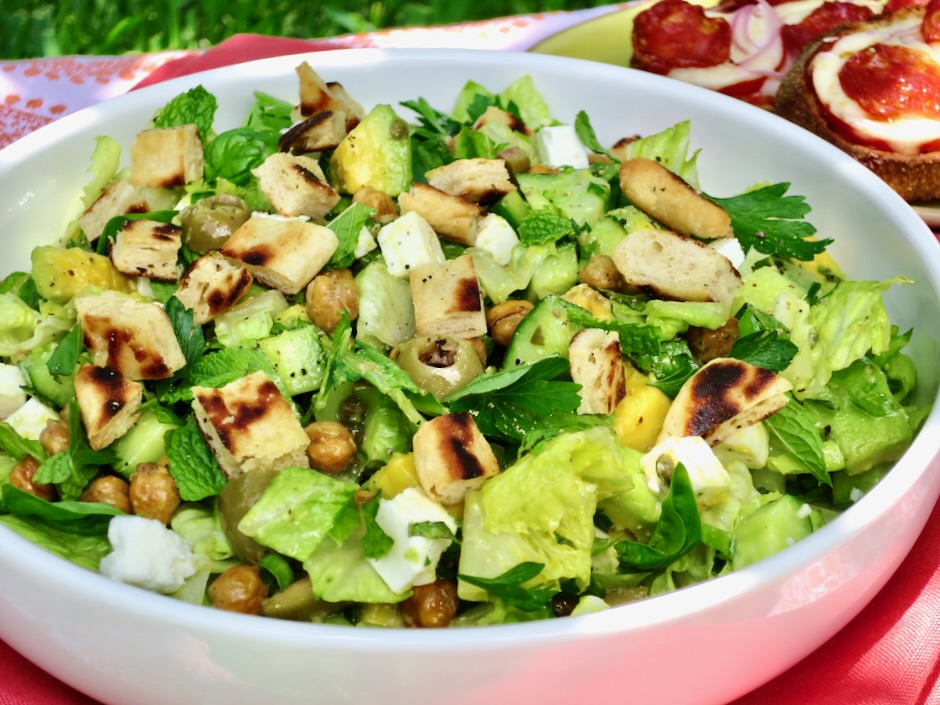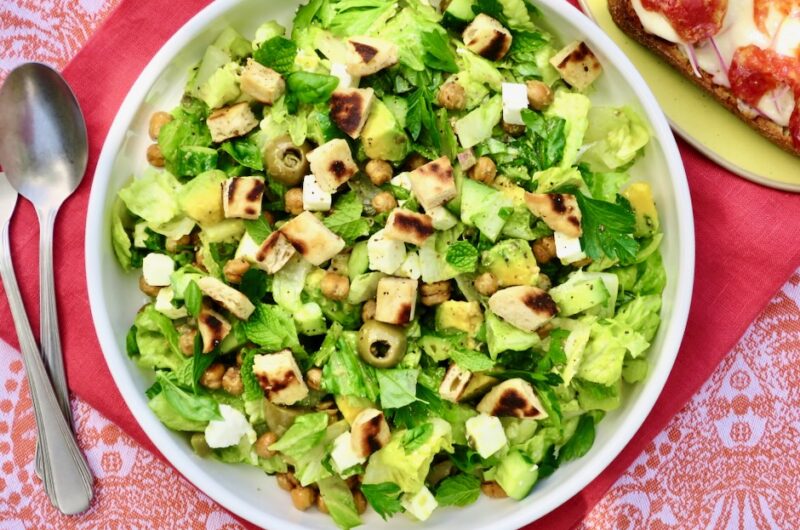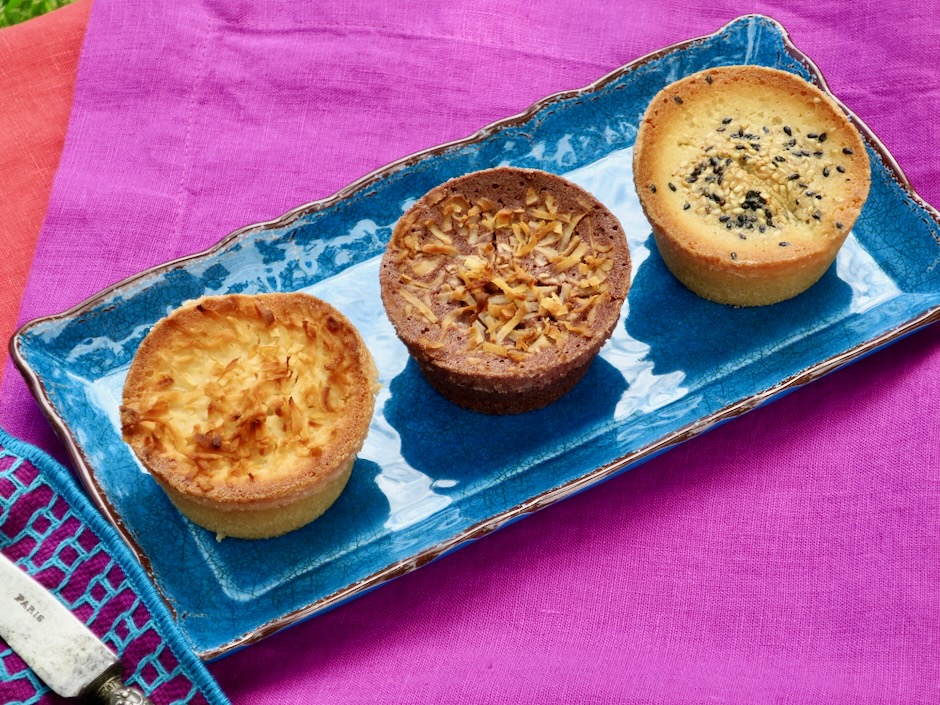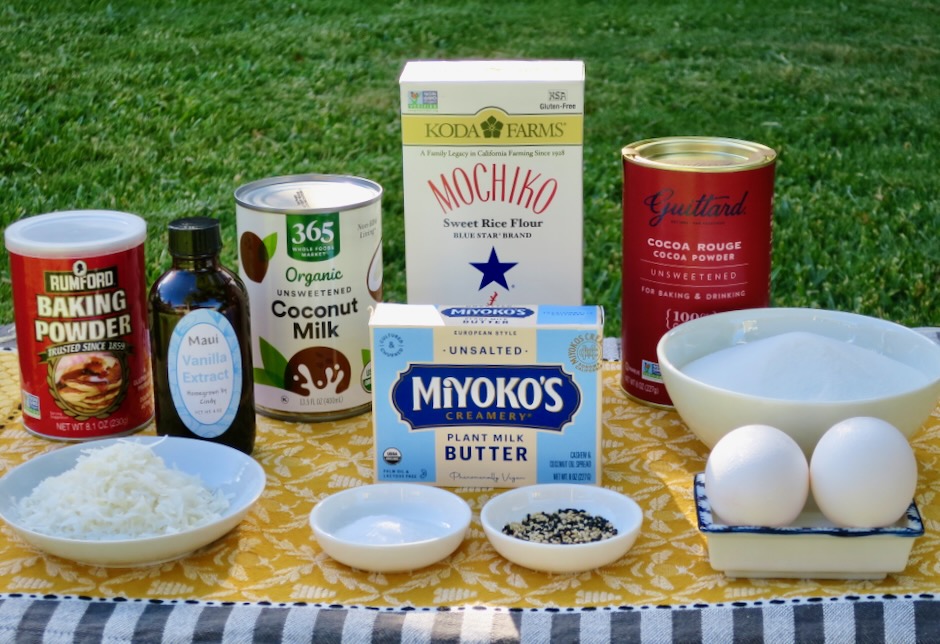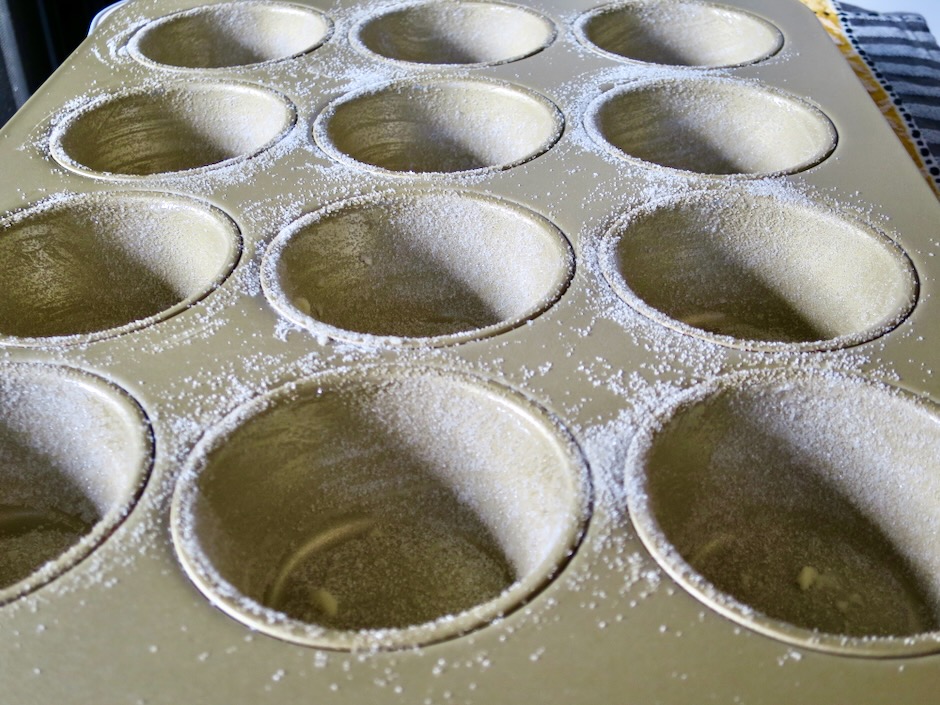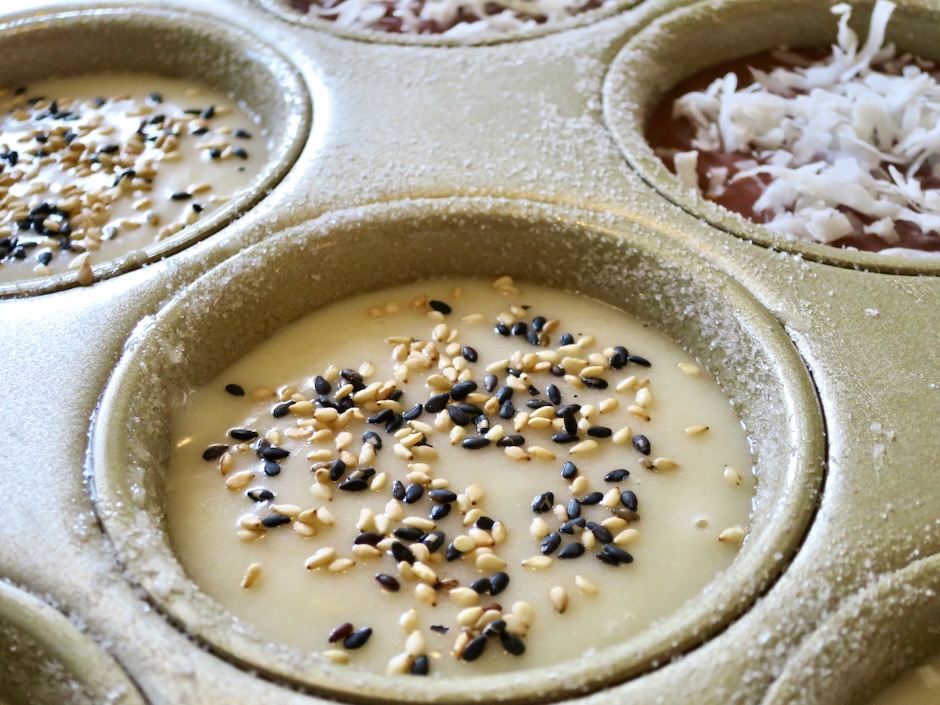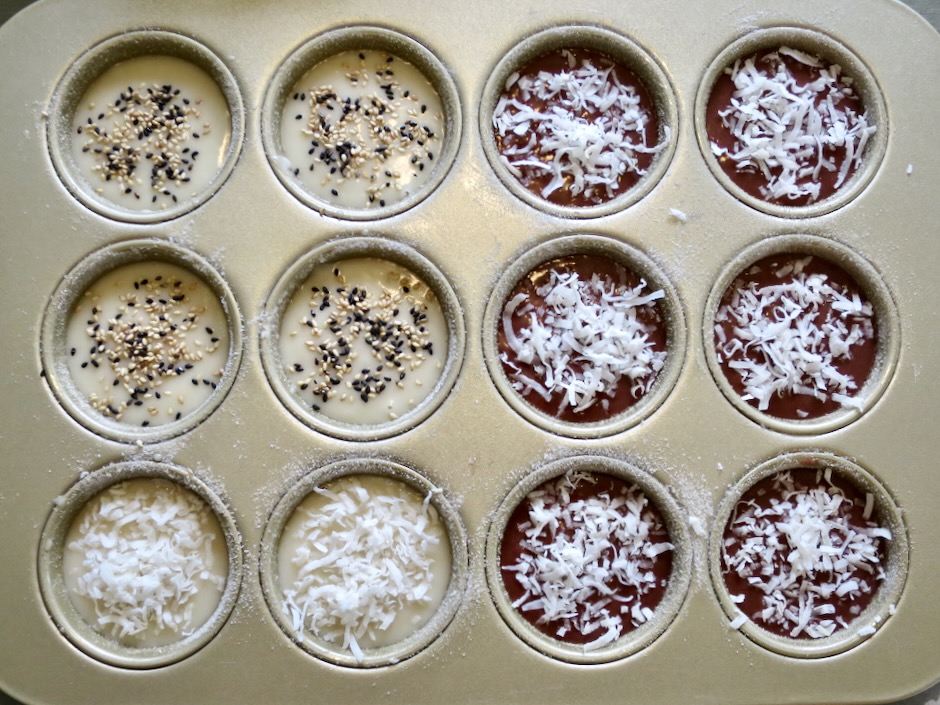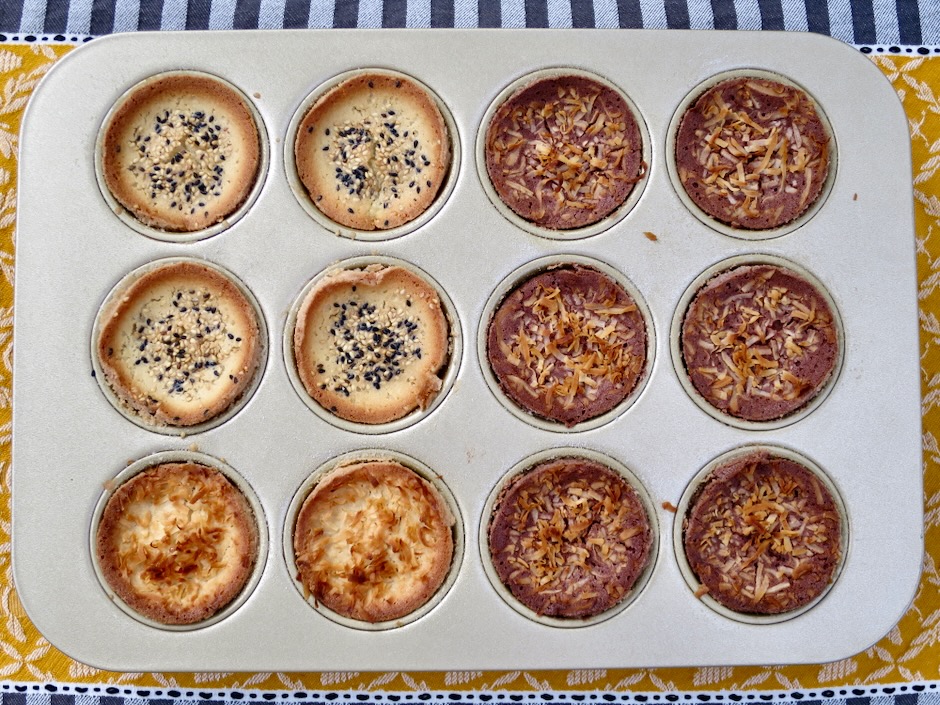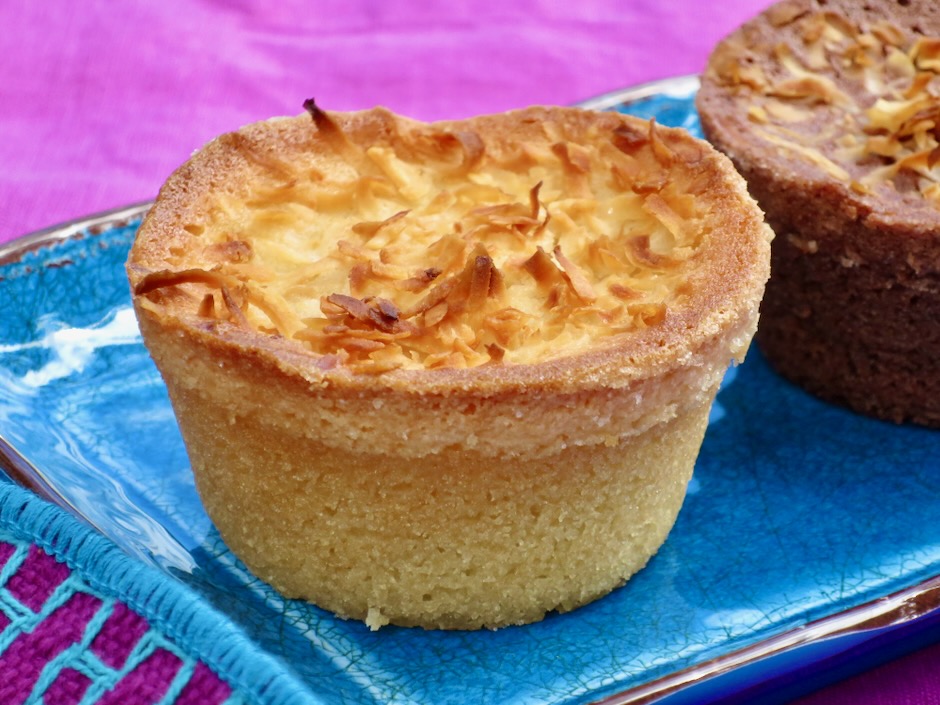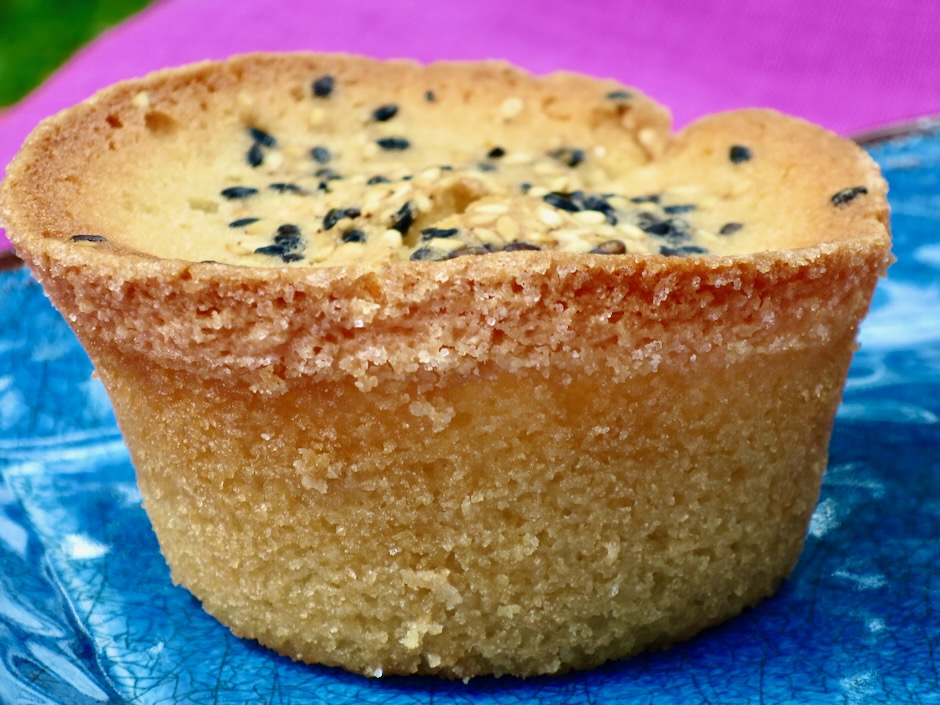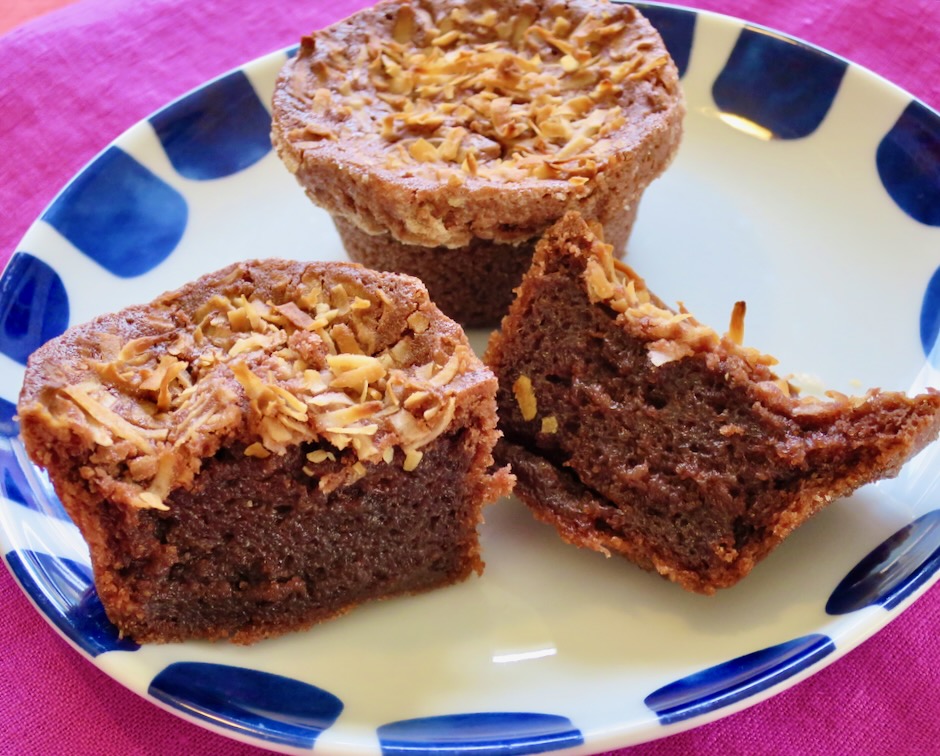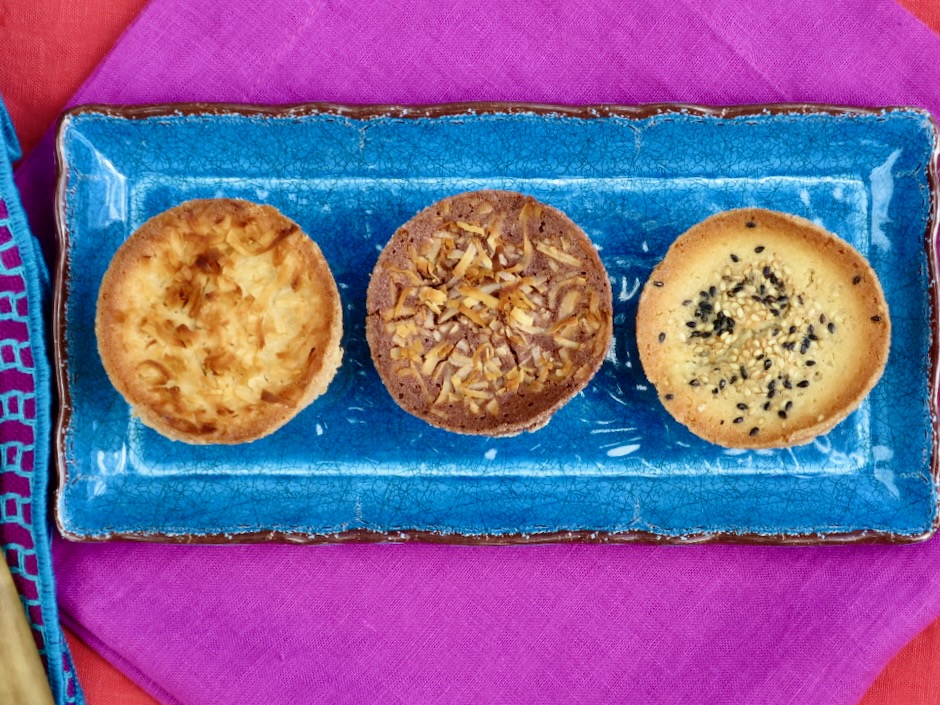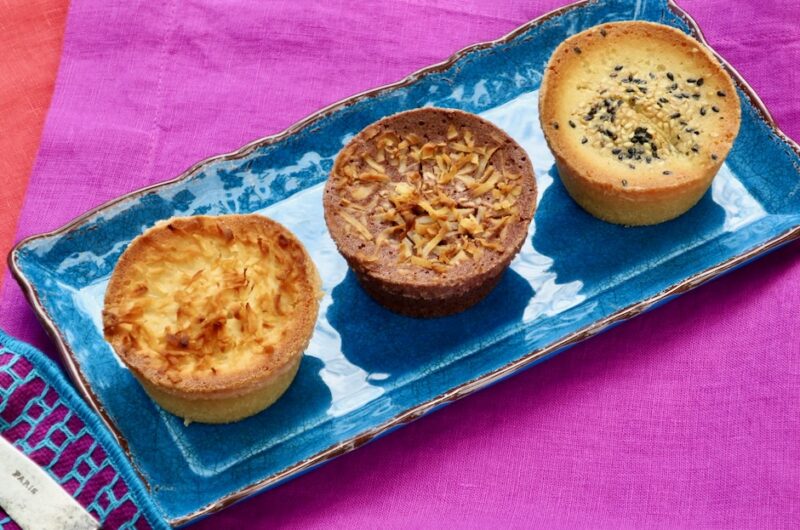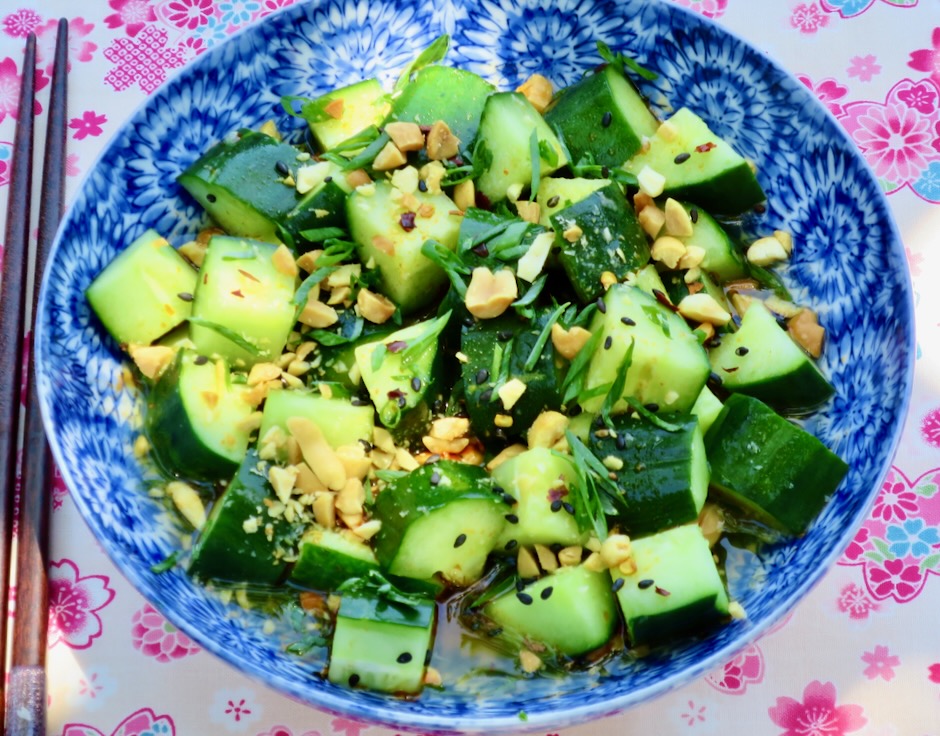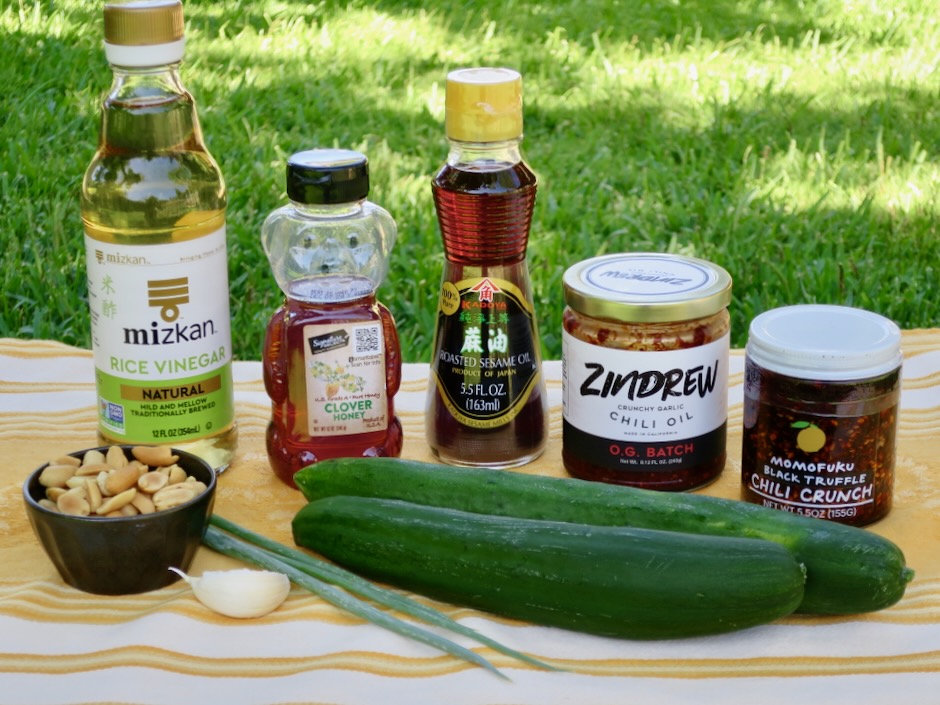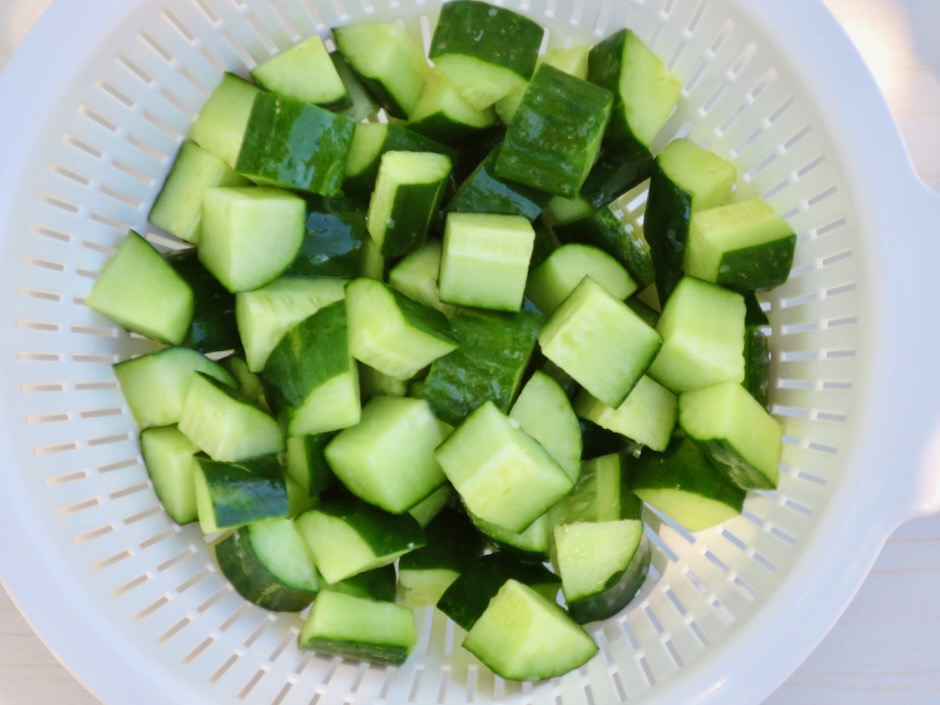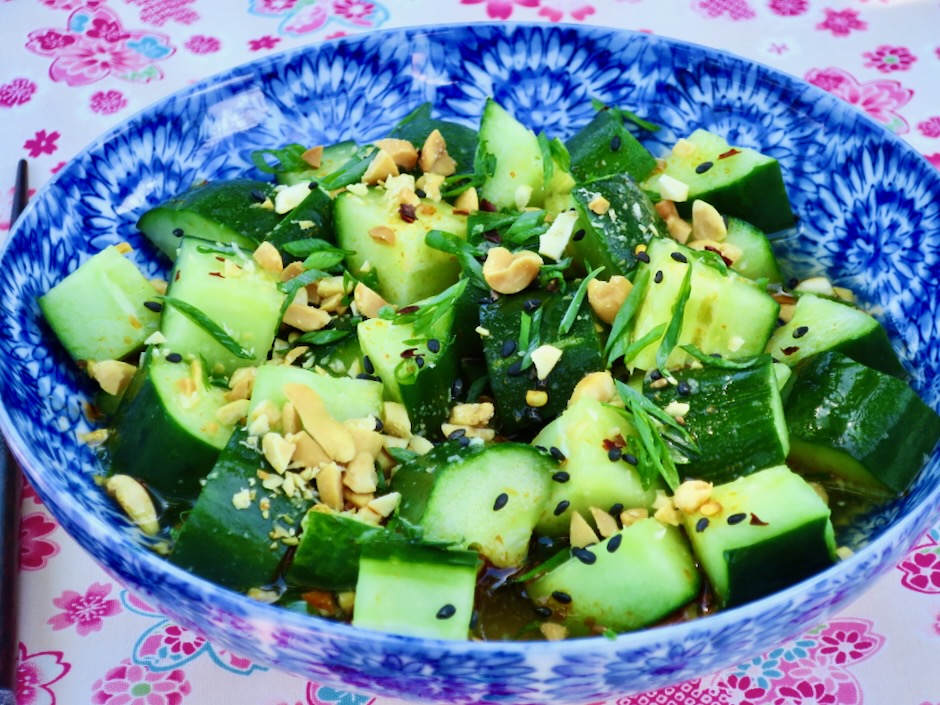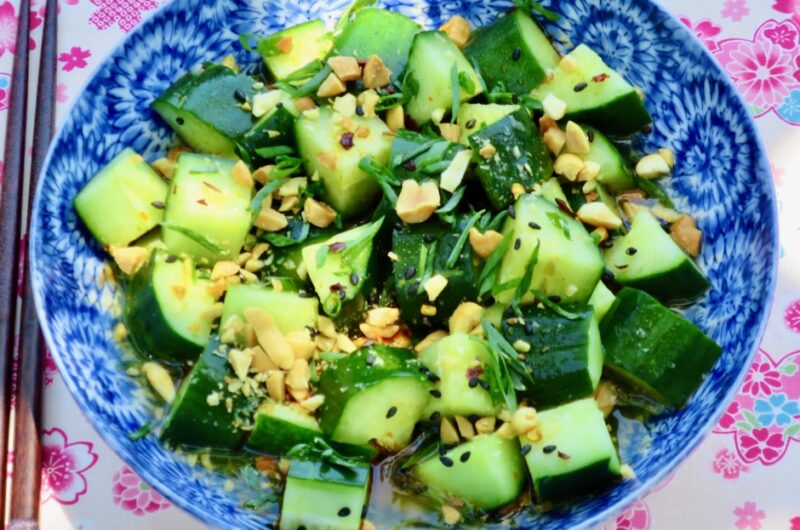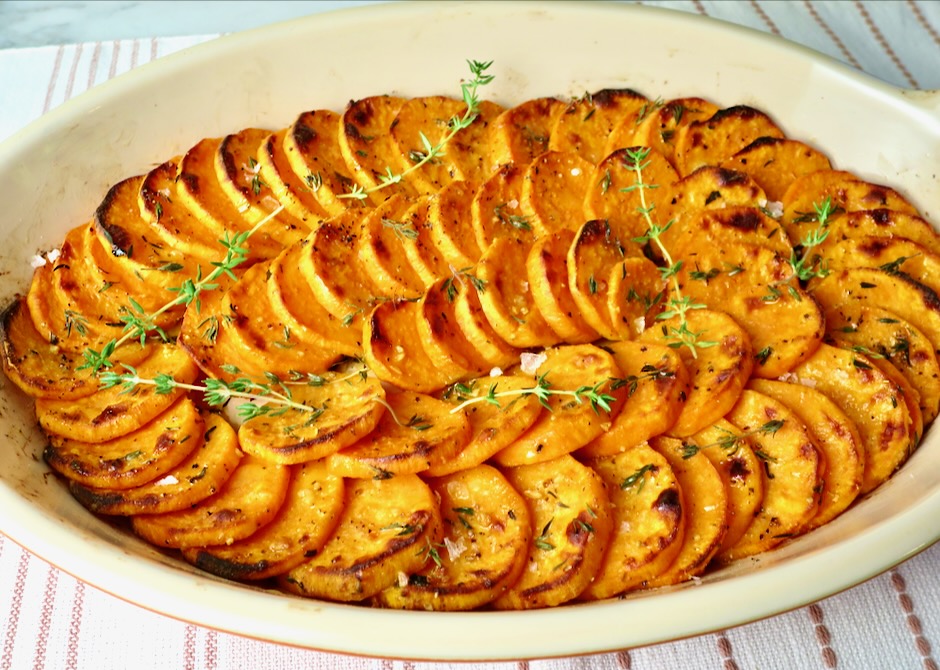
These roasted sweet potatoes are a perfect dish for the upcoming holiday season, but equally welcome anytime of the year. The sweet potatoes have tender interiors with slightly crisp edges. A bit of parmesan adds that “je ne sais quoi” to the dish, that pleasing flavor that’s also known as umami.
If you buy sweet potatoes that are not too large/thick you will have room to layer more rows which makes for a stunning dish.
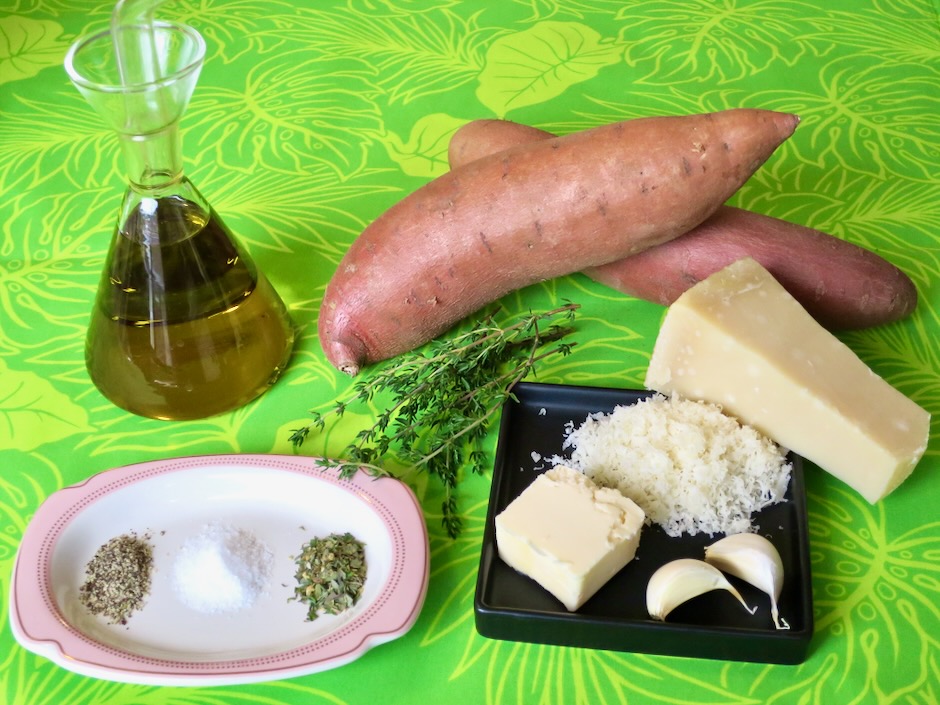
The recipe is pretty straight forward. Peel, slice, mix, arrange and bake the sweet potatoes. If you have a large toaster oven as I do, feel free to use it!
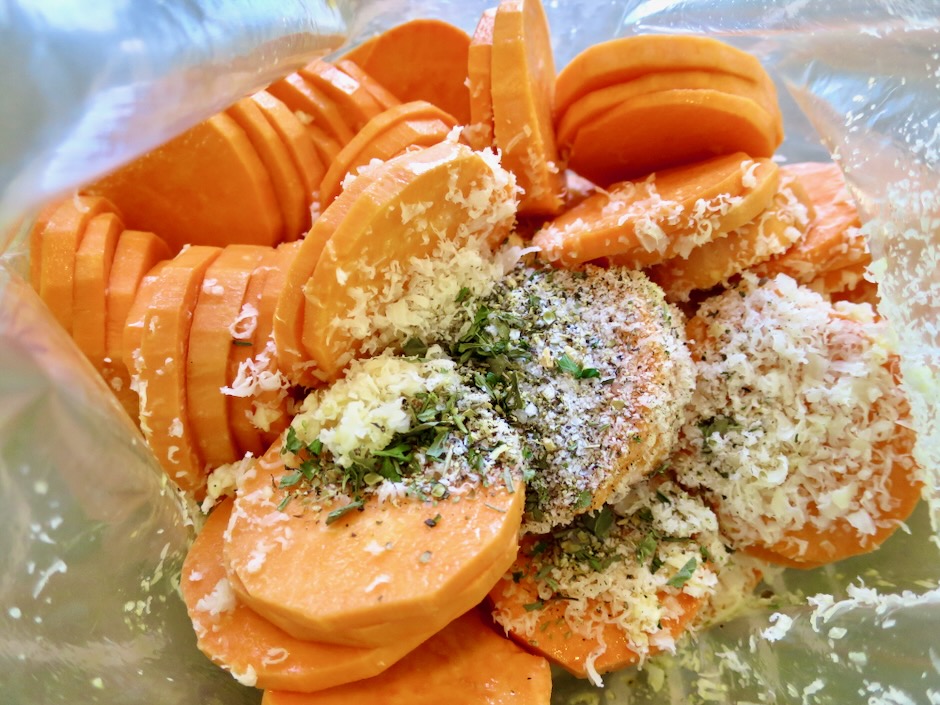

Overlapping the sweet potato slices makes for a gorgeous presentation. A sprinkling of Maldon sea salt and fresh sprigs of thyme are the final touch before bringing the dish to the table.
This recipe serves four people. Double or triple the recipe if you are serving a larger group of guests.
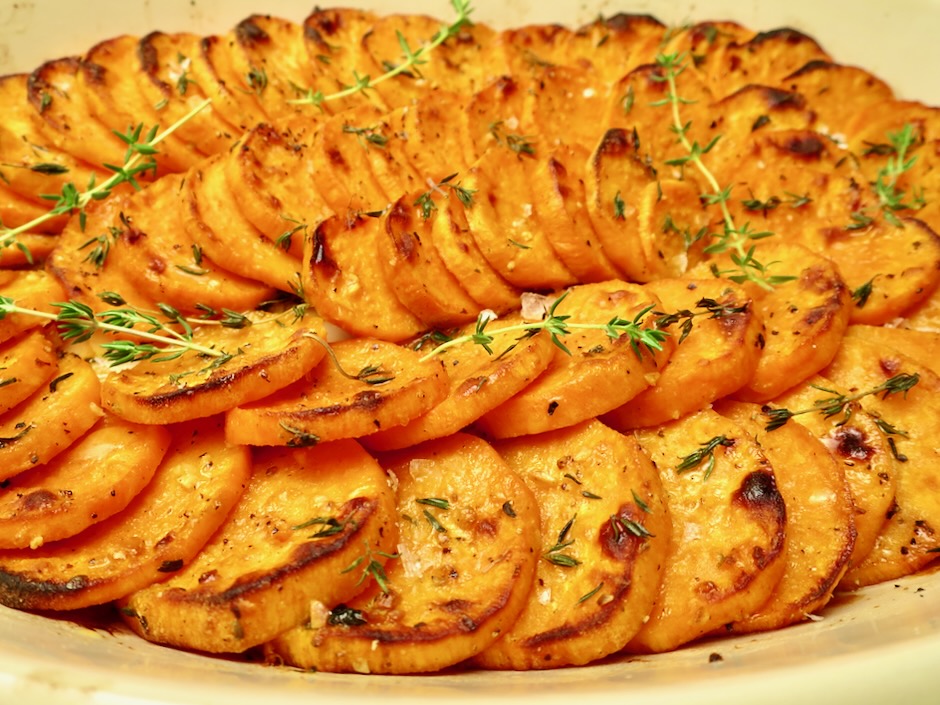
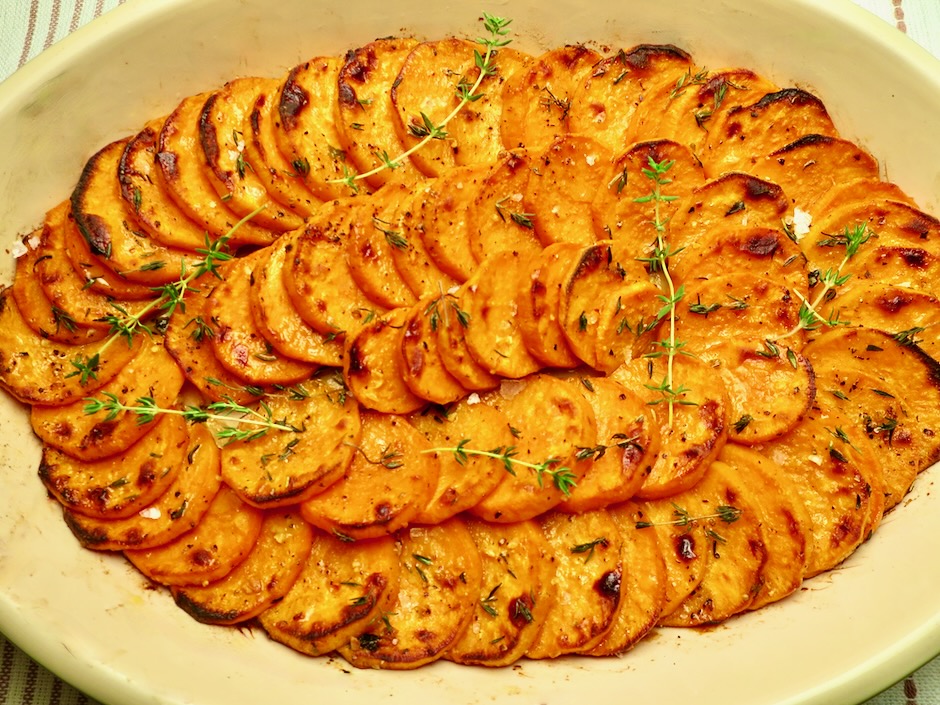
Roasted Sweet Potatoes with Parmesan & Thyme
4
servingsIngredients
2 medium sweet potatoes (about 1 3/4 pounds) peeled, ends trimmed, sliced into 1/3-inch pieces
1 teaspoon finely minced garlic
1 tablespoon extra virgin olive oil
2 tablespoons salted butter, melted
1/4 cup finely grated parmesan cheese (Parmigiano Reggiano recommended)
3/4 teaspoon kosher salt
1/2 teaspoon freshly ground black pepper
1/2 teaspoon Italian seasoning (or a combination of dried oregano, basil and marjoram if you have it)
Fresh thyme sprigs
Maldon sea salt (optional)
Directions
- Preheat oven (or large toaster oven if it will accommodate your baking dish) to 425 degrees. Lightly butter or oil a baking dish that will accommodate the potatoes.
- Place sliced potatoes, garlic, olive oil, and melted butter in a resealable bag making sure the potatoes are evenly coated. Add the parmesan cheese, salt, pepper, Italian seasoning. Seal the bag and mix the seasonings with the potatoes.
- Arrange the potatoes (larger pieces around the exterior) overlapping slightly to fill the baking dish. Sprinkle the potatoes with a few torn thyme sprigs.
- Bake uncovered for 30-35 minutes, or until the potatoes are tender and slightly browned around the edges. If you would like a bit more color on the edges of the potatoes, broil for about 2 minutes. Sprinkle with fresh thyme sprigs and Maldon flaky sea salt before serving.
Notes
- The sweet potatoes are best served straight out of the oven. Leftovers will keep for a few days and can be reheated in the oven or microwave.
